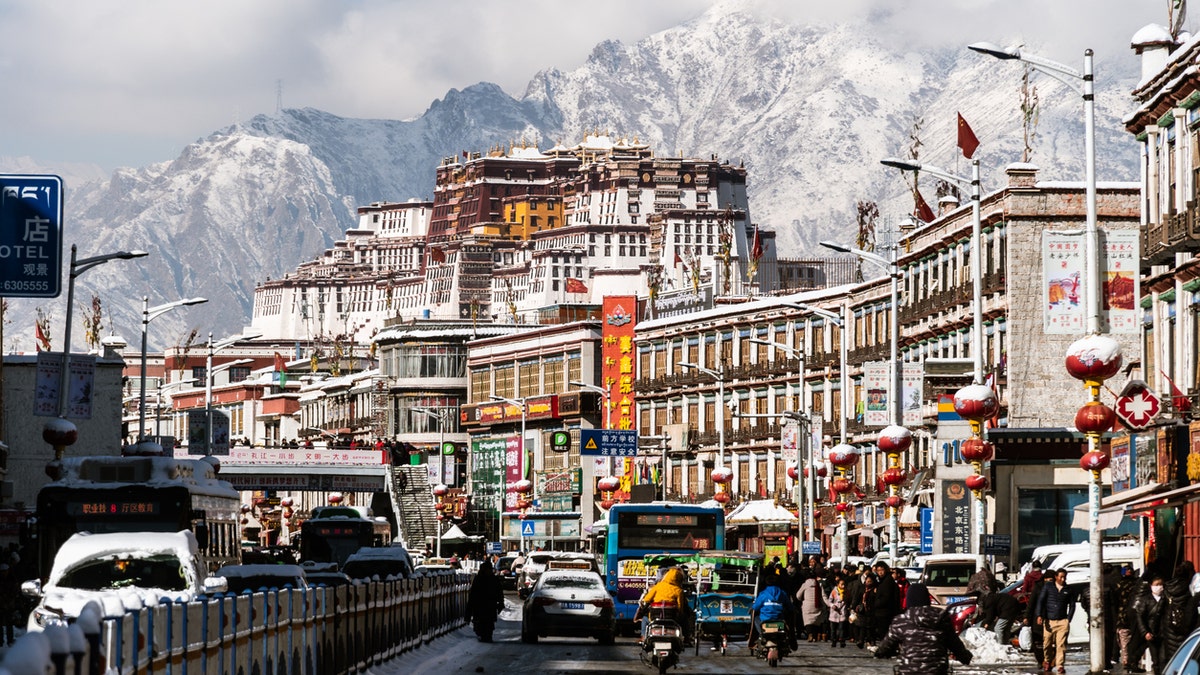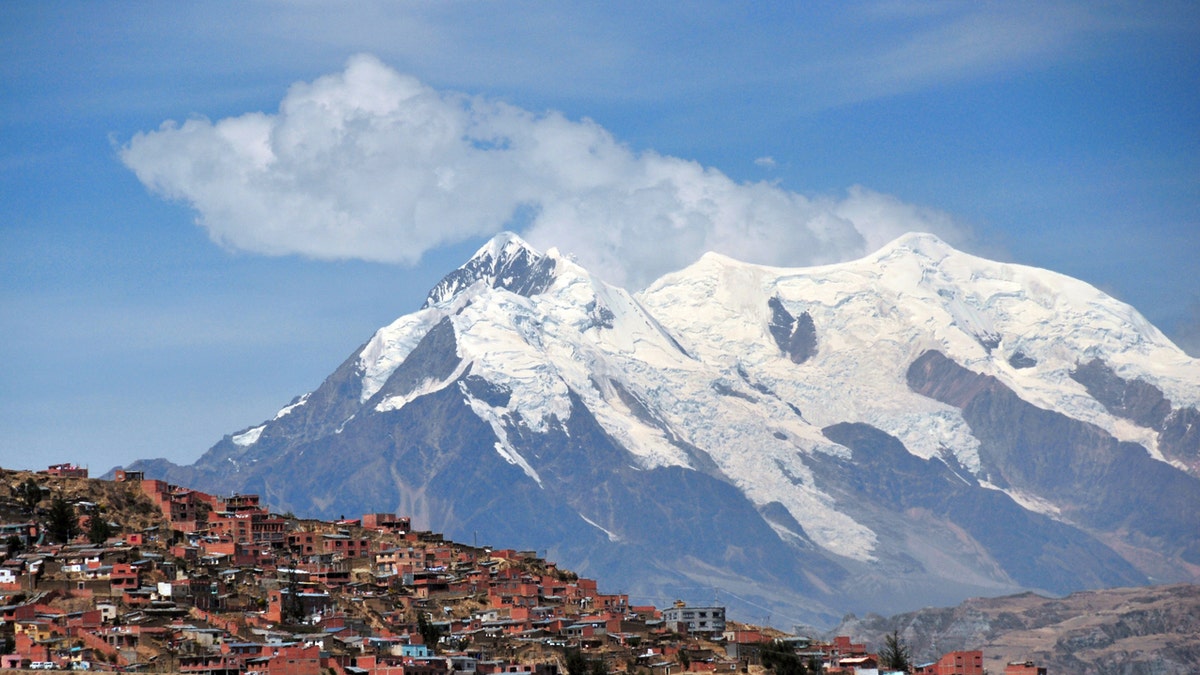Fox News Flash top headlines for June 5
Fox News Flash top headlines are here. Check out what's clicking on Foxnews.com.
High altitude offered resistance over the severe effects of coronavirus for some populations, according to a new study.
Those living at high altitude are biologically accustomed to lower blood oxygen levels, which is a fatal effect of the virus, scientists say. The adaptation lends better oxygen transport in the arteries, increased ventilation and higher tissue oxygenation.
The study was recently published in Respiratory Physiology & Neurobiology.
CLICK HERE FOR FULL CORONAVIRUS COVERAGE
The researchers studied COVID-19 cases in the high and lowland regions of Bolivia, Ecuador and the Tibetan region of China.
Bolivia was one of the last countries affected by the pandemic, and one-third of its territory is extended at high-altitude. Meanwhile, the pandemic deeply affects Ecuador and half of its population lives in high-altitude areas. In contrast, the peak of the epidemic is over for the Tibetan region.

Lhasa, the capital of Tibet, is located at 3,500 meters (or nearly 11,500 feet) above sea level. Confirmed coronavirus cases were "drastically low" in the plateau area, scientists say. (iStock)
Scientists say the general prevalence of COVID-19 infection in Tibet doesn’t correspond to global trends. The region’s average elevation is 4,000 meters, or about 13,000 feet.
LATEST DEVELOPMENTS IN CORONAVIRUS VACCINE RESEARCH
Study authors also noted a “remarkable” “low rate of infections in Bolivia’s high-altitude population,” which managed to otherwise avoid exponential infection rates seen in many other countries. They found COVID-19 infection rates at high-altitude regions in Bolivia are about three-fold lower than lowlands, and four-fold less COVID-19 cases were in high-altitude areas of Ecuador.

The southern suburbs of La Paz, Bolivia. Scientists say inhabitants of high-altitude areas are better equipped to handle the effects of coronavirus because they have adapted to low blood oxygen levels. (iStock)
Study authors noted a clear indication of lower virus impact and infection among populations living 3,000 meters, or 9,842 feet, above sea level.
Finally, researchers also found high-altitude inhabitants express reduced levels of ACE2 in their lungs, a key binding site for the virus. A drop off in ACE2 expression in pulmonary endothelial cells may have afforded these populations some protection over the virus, study authors concluded.
FLORIDA PLASTIC SURGEON OFFERS DRIVE-THROUOGH BOTOX TO QUARANTINED RESIDENTS
Researchers also theorized ultraviolet radiation at high altitude may act as a natural sanitizer.
Overall, physiological acclimatization of high-altitude inhabitants and certain environmental characteristics were concluded to reduce the virulence of SARS-CoV-2.





















